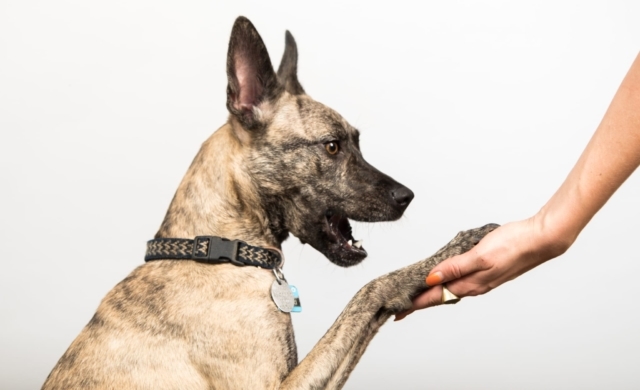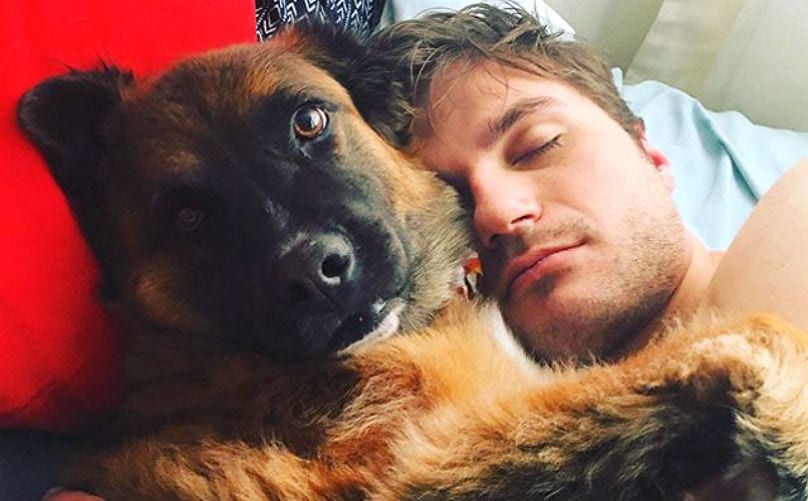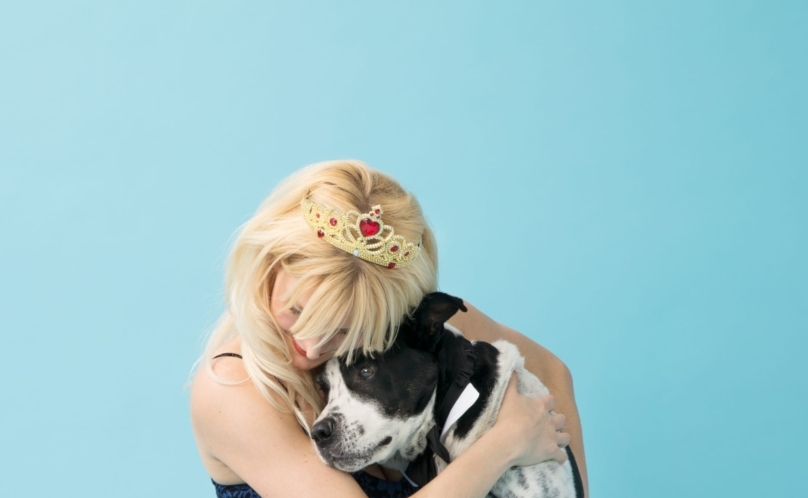When it comes to dogs, pain can be hard to detect. For canine ancestors, showing signs of weakness made them vulnerable. And being vulnerable was dangerous. Therefore, a dog in pain will instinctually hide when they are feeling hurt or sick. This is why it’s important for dog owners to recognize the signs that signify their dog is suffering in silence.
Be on the lookout for:
Depression And Low Energy


A decrease in energy suggests your dog isn’t feeling his best. He may decline a walk, avoid playing with a favorite toy, or lie down at the dog park rather than frolick with the other pups. Lethargy, depression and sleeping more than usual are additional signs a dog is in pain.
Poor Appetite
For most dogs, disinterest in food means they are either sick, or hell has frozen over. If your chow hound is suddenly turning up his nose at meals or treats, there is definitely cause for concern.
Changes In Demeanor


Some dogs can become defensive when they are hurting. If an otherwise friendly, well-behaved pup snaps at you, it’s time to head to the vet.
Favoring Or Licking A Particular Area Of The Body
When a dog is in pain, you may notice changes to their gait. Limping, hobbling or favoring one leg over another are clear indicators that something is hurting. Painful pups may also excessively lick a particular area of the body. Even if there is no obvious wound or swelling at the site, the dog could be suffering internally.
“Sick Eyes”


Puppy dog eyes can do more than trick a couple of treats out of a pet owner, they can also be very telling. Bloodshot eyes and dilated or constricted pupils can be a sign something is awry. A dog in pain also tends to squint a lot.
Labored Breathing
Has your stomach ever ached so badly it hurt to breath? Can you remember hyperventilating after skinning your knee? Just like us, dogs often experience altered breathing patterns when ill or injured. Fast, shallow breaths and heavy panting are common hallmarks of a dog in pain and should never be ignored.
Body Language Signals


If a dog is hunching over, fidgety, or particularly rigid it may mean they aren’t feeling well. Pups suffering from pancreatitis often position themselves into the “downward facing dog” pose to relieve the pain in their abdomen, while those with back injuries may arch their spine.
Trust your gut and be sensitive to your pup. Noticing the signs of pain and seeking prompt veterinary attention could mean the difference between life and death for a sick or injured dog.






